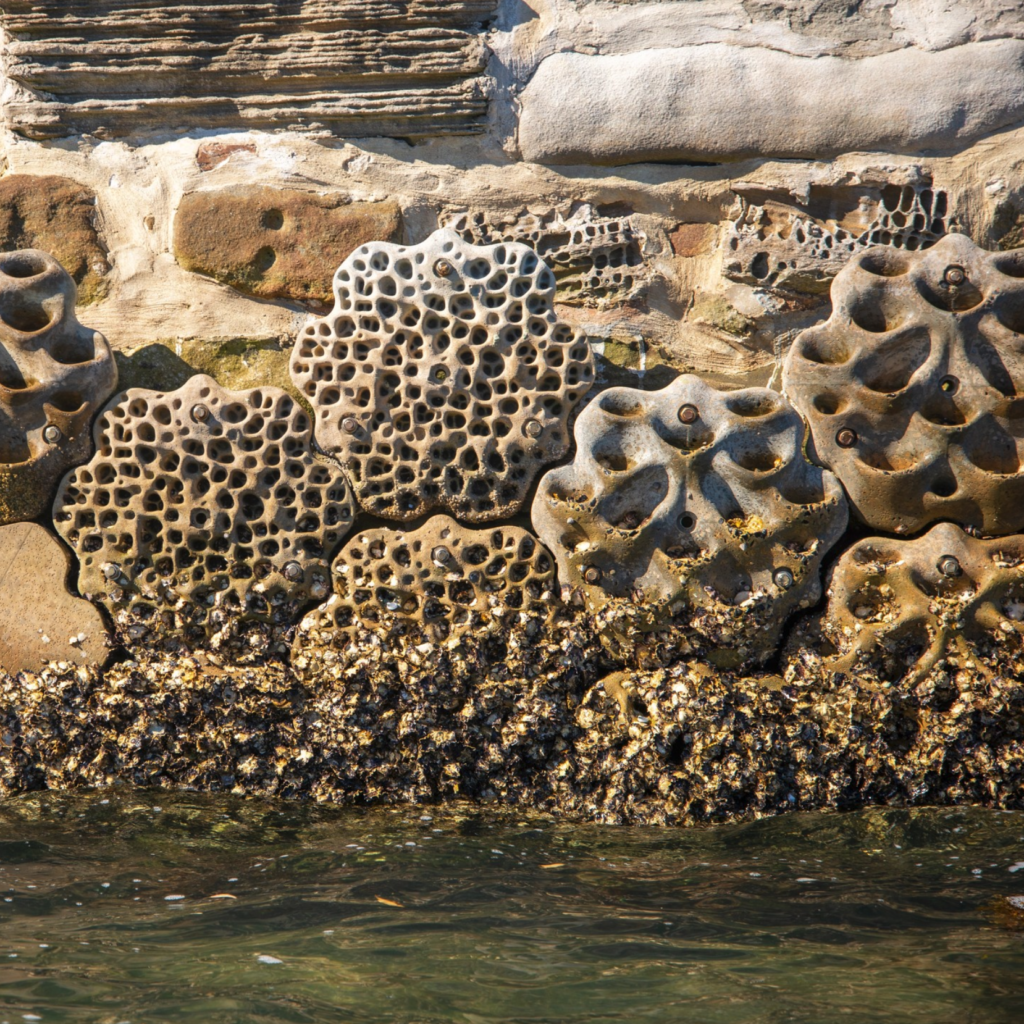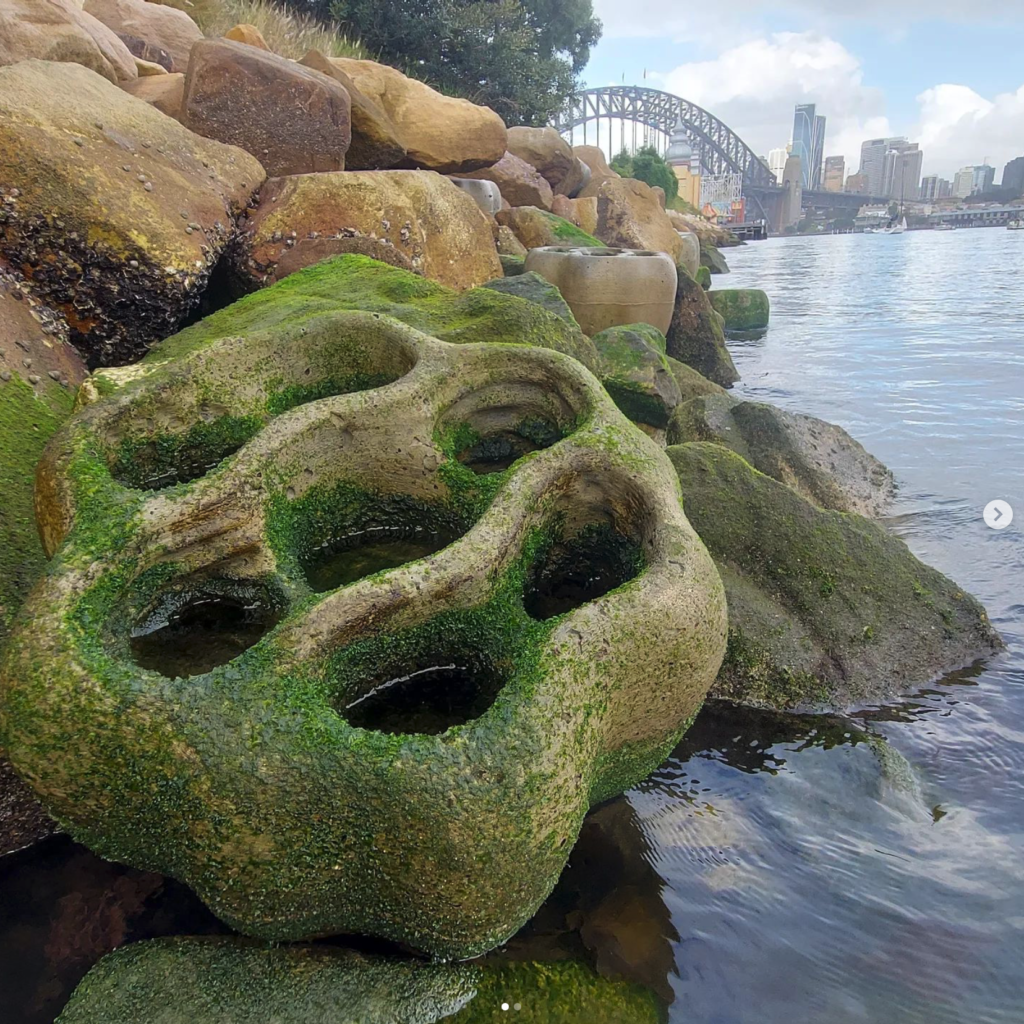Project Restore, led by the Sydney Institute of Marine Science (SIMS), aims to revolutionize marine conservation by implementing large-scale restoration initiatives in urban estuaries. Focused on Sydney Harbour as its centerpiece, this ambitious project seeks to revamp entire marine landscapes, boost fish populations, and improve water quality. By addressing the impacts of urbanization and climate change on marine ecosystems, Project Restore sets a global example for comprehensive seascape restoration.


Restoring Seagrass Meadows
One critical aspect of Project Restore is the restoration of seagrass meadows, particularly the endangered Posidonia species. These meadows provide vital habitats for various marine species and contribute to cleaner and clearer water. The project involves transplanting ancient seagrass species, including Posidonia, from other locations into Sydney Harbour. Additionally, seagrass-friendly boat moorings with floating tethers are being trialed to prevent further damage caused by traditional mooring chains.
Collaborative Research and Impact
SIMS, in collaboration with other universities, plans to leverage its existing restoration programs and engage diverse stakeholders in the project. With over 100 scientists and graduate students associated with the institute, a multidisciplinary approach will be employed to achieve significant research impact. The project aims to document environmental, economic, and social impacts from the outset and communicate restoration processes and outcomes to the community and other stakeholders.
Addressing Multiple Habitats Simultaneously
Project Restore stands out globally for its holistic approach to marine habitat restoration. Rather than focusing on individual patches, the project concurrently addresses multiple habitats, including kelp beds, seagrass meadows, artificial habitats (such as Living Seawalls), and fish habitats (like seahorse hotels). By restoring these habitats together, synergistic effects and enhanced recovery are anticipated.
Engaging the Community
The project recognizes the importance of community engagement and citizen participation. Through initiatives like Operation Posidonia, citizen scientists have contributed to the collection of seagrass strands used in restoration efforts. SIMS plans to extend these engagement opportunities to a broader range of stakeholders, including fishers, snorkelers, and swimmers who frequent Sydney Harbour. By fostering collaboration and education, Project Restore aims to create a sense of ownership and responsibility among the community.
Three-Phase Approach
Project Restore will be implemented in three distinct phases. The first phase involves seascape restoration suitability modeling to identify suitable sites for restoration efforts. This scientific approach ensures optimal utilization of resources. The second phase focuses on on-ground restoration works, including the installation of living seawalls, fish pods, and seagrass transplantation. The final phase entails evaluating the outcomes of the restoration efforts, measuring the success of the project, and gaining valuable knowledge for future restoration endeavors in New South Wales and beyond.
A Template for Global Seascape Restoration
Project Restore’s emphasis on rehabilitating entire marine landscapes sets a precedent for seascape restoration worldwide. By combining restoration efforts for multiple habitats and engaging diverse stakeholders, the project aims to achieve comprehensive and sustainable results. With its ambitious goals and collaborative approach, Project Restore aspires to create a healthier harbour for both nature and humans, serving as an inspiration and model for restoring degraded habitats globally.
Conclusion
Project Restore’s innovative approach to rehabilitating urban estuaries and restoring marine ecosystems in Sydney Harbour exemplifies a paradigm shift in marine conservation. By moving beyond mere protection and focusing on large-scale restoration, this project addresses the cumulative impacts of urbanization and climate change. Through community engagement, multidisciplinary research, and a holistic restoration strategy, Project Restore aims to create synergistic effects and set a template for seascape restoration efforts worldwide. As the project unfolds, it offers hope for the revitalization of marine habitats, the conservation of biodiversity, and the promotion of cleaner, clearer waters in urban estuaries.